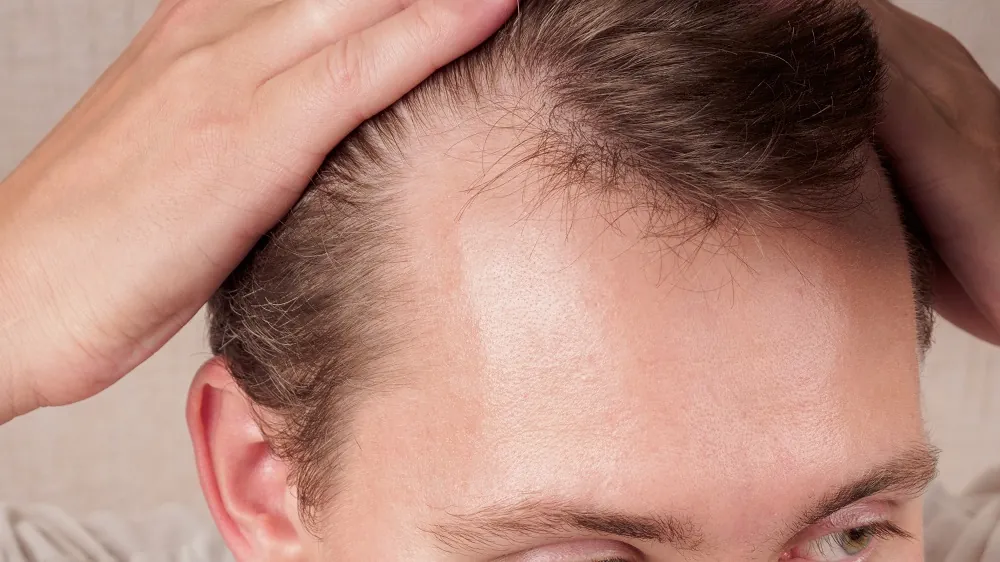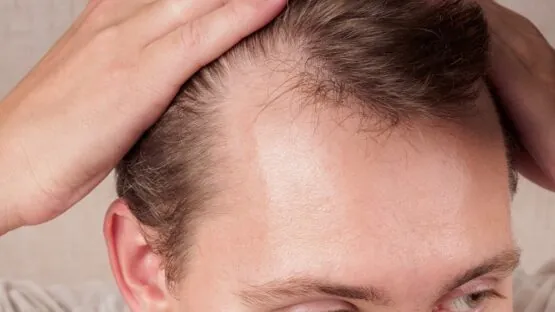Los Angeles-based Pelage Pharmaceuticals has just announced a Phase 2a clinical trial for the treatment of androgenetic alopecia, also known as pattern baldness.
It is thought that up to 50% of men experience hair loss as a result of pattern baldness by age 50. In this condition, the normal hair growth cycle is disrupted due to genetics, hormonal changes, and environmental factors. These things can then cause the depletion or long-term dormancy (quiescence) of hair follicle stem cells. Reviving these dormant stem cells is a potential way to treat hair loss and restart the hair growth cycle.
Building on previous clinical success
Earlier this year, Pelage Pharmaceuticals announced positive results from a phase 1 clinical trial. PP405 is a non-invasive, topical small molecule. It is also an MPC inhibitor and is based on research at UCLA that discovered a switch that can reactivate quiescent hair follicle stem cells.
That previous trial has provided evidence that this does indeed work in people, and this new phase 2a trial follows a successful series A-1 financing round that landed the company $14 million. It will be a randomized, placebo-controlled trial involving 60 participants who will be given a daily topical treatment of PP405 or a placebo.
“The advancement of our lead program, PP405, into Phase 2a is a pivotal moment in our journey to deliver a non-invasive, innovative treatment for androgenetic alopecia across all genders, skin types, and hair types,” said Qing Yu Christina Weng, M.D., Chief Medical Officer of Pelage Pharmaceuticals. “We are excited to include women and men of all skin tones and hair textures, which has not always been the case in hair loss studies.”
What does this have to do with aging?
There is a crucial connection between technologies that reverse hair loss and technologies that focus on reversing the more deadly aspects of aging and curing age-related diseases. Stem cell exhaustion, one of the reasons we age, is linked to androgenetic alopecia.
The depletion or long-term quiescence of hair follicle stem cells can cause the hair growth cycle to cease. It is one of many examples in which tissues cease to function properly due to the failure or loss of resident stem cell populations.
The good news is that if this trial is successful, we can learn more about stem cell rejuvenation from the results. This approach could have broader effectiveness against the aging of stem cell populations and could showcase how rejuvenation could be achieved in other tissues.
Curb your enthusiasm
However, the clinical trial process takes years to be completed. Successfully bringing a new drug or therapy to market requires a number of phases:
- Phase 1 – Assessing safety and dosage
- Phase 2 – Evaluating efficacy and side effects
- Phase 3 – Comparing efficacy versus current standard of care
- Phase 4 – Ongoing study of long-term effects after drug approval
A lot can and often does go wrong during the long road to approval. The medical field is littered with multiple failed attempts to reverse hair loss, and there are plenty of hucksters trying to peddle useless concoctions to desperate people.
This does not mean that what Pelage Pharmaceuticals is doing is doomed to failure or is unscientific. This is simply a call to remain cautiously optimistic. While a solution to hair loss would be very welcome, this approach is still in its infancy until it successfully finishes phase 3.






